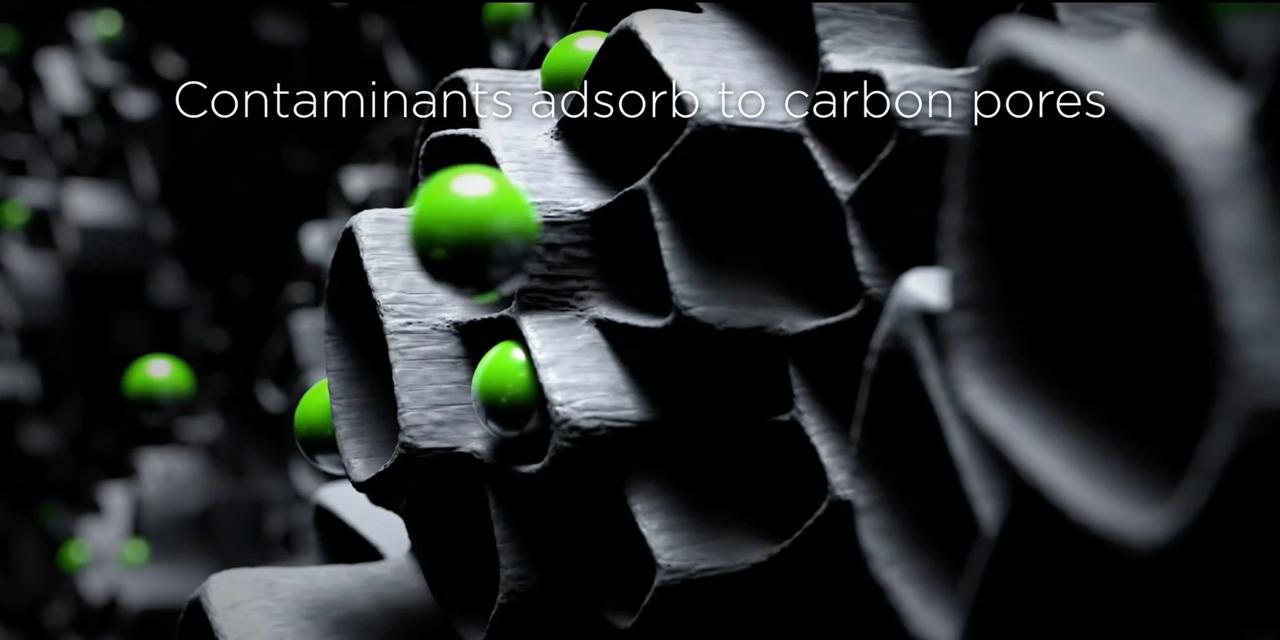Combatting PFAS through Proven Water Technologies
Xylem leaders share insights on the impact of the new EPA rule, and how water operators are using advanced solutions to solve PFAS for their communities.
The Environmental Protection Agency (EPA) recently put in place a ground-breaking regulation to establish legally enforceable limits for certain PFAS in drinking water. PFAS, also known as “forever chemicals,” are manufactured chemicals commonly used in industry and consumer products that are resistant to breakdown in the environment. To support the regulation, the EPA also announced nearly USD1 billion in newly available funding for states and territories to implement PFAS testing and treatment at public water systems and to help owners of private wells address PFAS contamination.
The new regulation brings sweeping implications for water utilities that must reduce PFAS levels and meet new public disclosure requirements. The EPA estimates between 4,100 and 6,700 public water systems – serving up to 105 million people – will be required to take action to reduce PFAS above the regulatory standards.
What the regulation means, what solutions are available
In a recent Xylem webinar, Radhika Fox, Senior Advisor at Xylem and former Assistant Administrator for the EPA Office of Water, and Snehal Desai, Senior Vice President, Chief Growth and Innovation Officer, discussed the implications of the new rule on water operators, along with proven solutions they can leverage to support compliance and protect their communities.
“Now that the rule is final, the clock is ticking,” said Fox. Water systems will have three years to test for and monitor to see if PFAS are in their drinking water at levels higher than the Maximum Contaminant Levels (MCLs) that have been set and tell the public what they found, she added. Within five years, “if they detect PFAS at higher levels than the MCLs, they’ve got to put in place the technology solution and infrastructure improvements so that the water is being treated to get rid of those PFAS.”
“The good news is that we know there are solutions today that can help mitigate the challenge of bringing PFAS levels down to the MCL, if not even lower,” said Desai. He added that the best technologies currently available to tackle the problem include granular activated carbon and ion exchange resins, and there are instances where reverse osmosis is also applicable.
3 water operators paving the way to solving PFAS
Xylem has been working on PFAS solutions for over 10 years, deploying more than 80 PFAS remediation projects in the U.S. alone for municipal and industrial customers. Below is a look at three Xylem customers who are setting the pace and helping solve PFAS for their communities through technology and innovation:
- Stratmoor Hills Water & Sanitation District (SHWSD), which oversees a combination of surface and groundwater sources in the foothills of Cheyenne Mountain in Southern Colorado Springs, has deployed selective ion exchange treatment aimed at countering the threat of PFOA and PFOS – two of the most commonly identifiable PFAS compounds of concern. Using selective single-use ion exchange technology, the utility has reduced contaminants to levels below compliance limits and mitigated water quality issues for its customers.
- In California, the Orange County Water District (OCWD) deployed over 30 liquid-phase media adsorption vessel systems to treat for PFAS, following a change in California law in 2020. The vessels were connected to existing drinking water wells to allow individual water districts to continue delivering drinking water in compliance for its more than 2.5 million customers.
- In Maine, the Kennebunkport, Kennebunkport & Wells Water District (KKWWD) took a proactive approach when it detected PFAS in one of its system’s supply wells. KKWWD worked with Xylem to deploy a granular activated carbon system that has treated more than 200 million gallons of water to meet the utility’s drinking water treatment goals.

